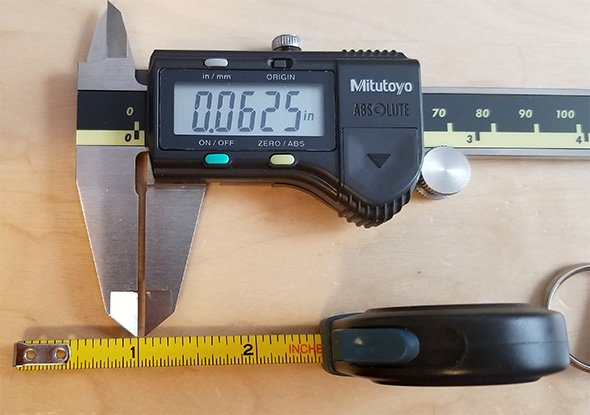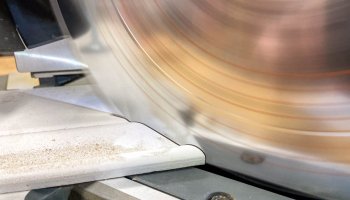
If you buy something through our links, ToolGuyd might earn an affiliate commission.
1 mil is equal to one thousandths of an inch 0.001″.
I was a bit confused the first time I learned about mils, but it’s something I only had to learn once.
Mils are less cumbersome than decimal points and a bunch of zeros.
What’s easier to read or say? 0.0043″ and 0.0071″, or 4.3 mils and 7.1 mils?
Mils are used in other engineering and manufacturing contexts, and sometimes thousandths are used instead, at least colloquially. I see mils on paper more than thousandths, but hear thousandths verbally more than mils.
I usually encounter specs in mil units when shopping for plastic products.
For example, the food-grade buckets I use are advertised as having a 90 mil wall thickness. One style of disposable nitrile gloves I use has a 4.3 mil palm thickness, and 7.1 mil finger thickness. The plastic pouches I bought for food storage has a 3 mil wall thickness.
Try not to confuse mils with millimeters. That’s probably why thousandths/thou are spoken about more in lieu of mils.
1 mil is equal to 0.0254mm, which is 25.4 microns. That’s pretty far off from 1mm. 1mm is equivalent to 39.37 mils.
If you like the idea of mils, you’d probably love the metric system. Similar to how 1 mil is 0.001 inch, 1 mm is 0.001 meter, and 1 micron (µm) is 0.001 mm.
No – this isn’t an invite for anyone to start an inch/imperial vs metric fight. But if anyone is interested, let me know – that could be tomorrow’s post.






